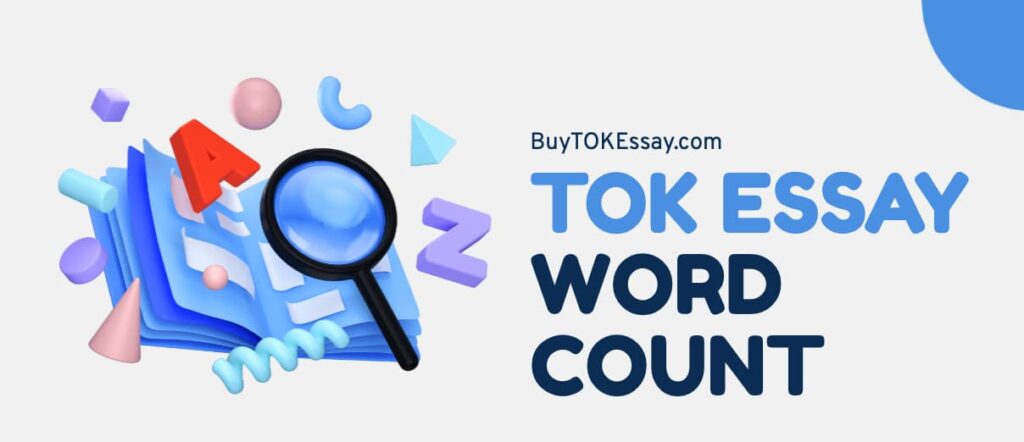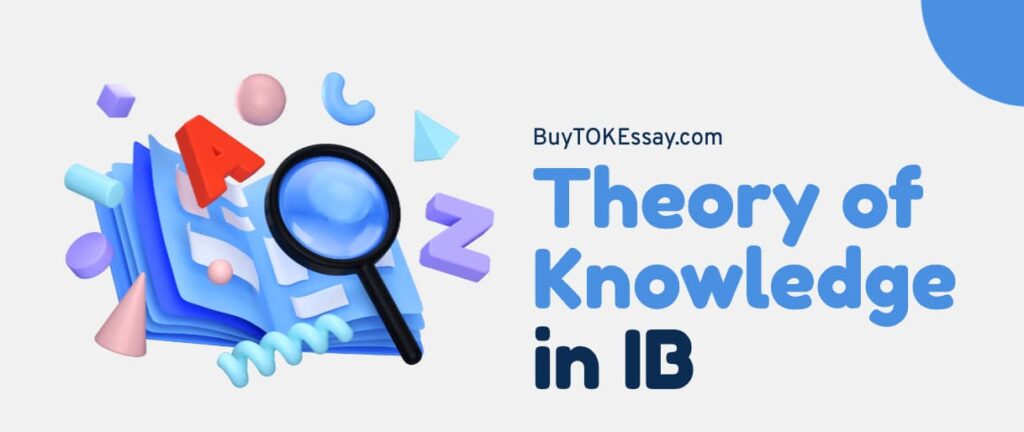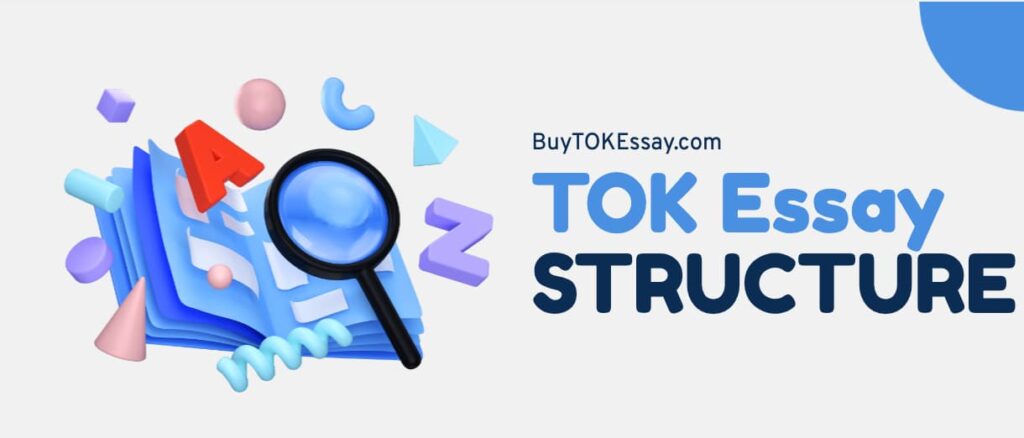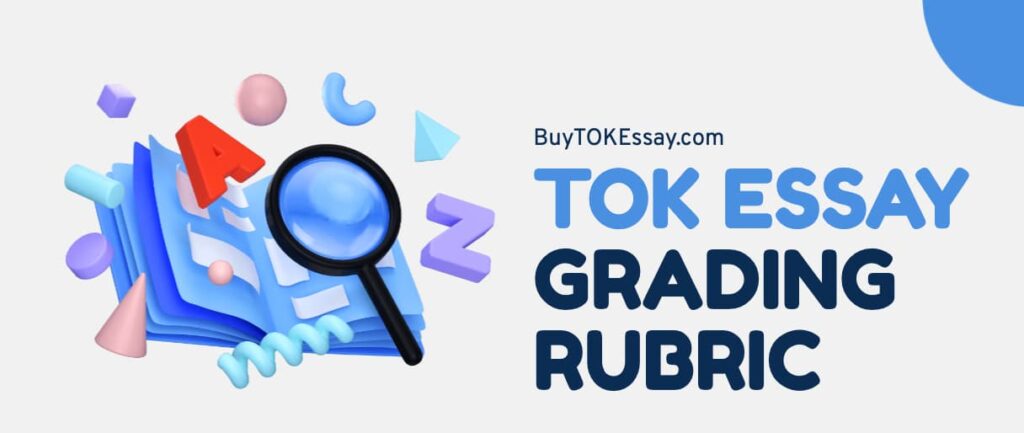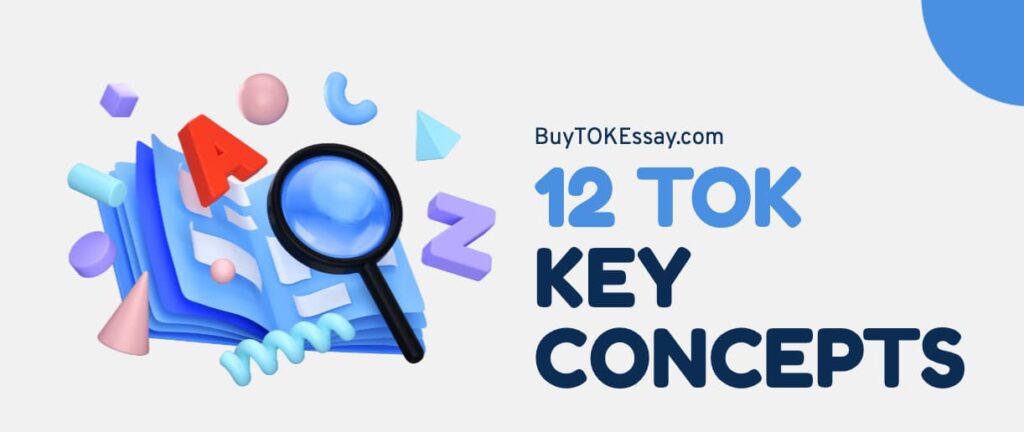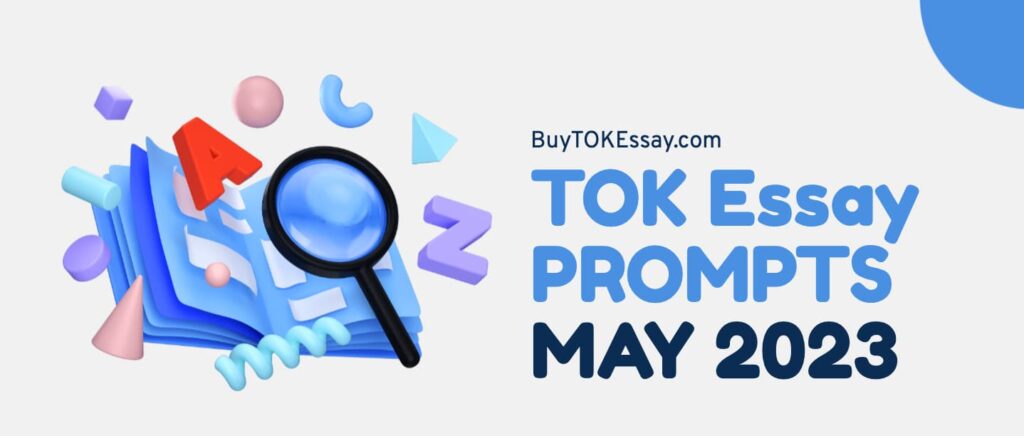Everybody who ever faced TOK course, wants to know what is TOK PPD. Let me translate. It’s a Theory of knowledge presentation planning document that is used to present your TOK.
From my early days as a seasoned TOK writer to my current role as a general IB writer, I’ve been privy to students’ myriad challenges. The IB TOK presentation, as I know from the general IB TOK criteria, is a pivotal component of the IB curiculum, yet it’s often shrouded in apprehension and uncertainty.
Students grapple with melding abstract knowledge concepts with real-world situations, a task that’s as intricate as it is essential.
I believe TOK PPD and script are not mere steps in the preparation process but the very foundation. They are providing the structure, the framework, and the narrative flow.
Without them, even the most profound insights can become disjointed and lose their impact.
Let me give you an example from my practice. I had a student who had a sharp grasp of ethical implications in modern medicine.
Yet, without a well-structured TOK PPD and a readable script, her presentation sputtered, failing to convey the profoundness of her understanding.
So, this brings me to the main reason why I’m writing this article. I’m compelled to share my insights by recognizing the key role of the TOK PPD and presentation script and understanding the challenges firsthand.
- Diving Deeper into the TOK PPD
- Common Misconceptions about the PPD
- A Step-by-Step Guide to the TOK PPD
- Crafting an Effective TOK Presentation Script
- Tips and Tricks for Creating a Compelling Script
- Need help with your IB TOK Presentation Script?
- Common Mistakes with TOK PPD and How to Avoid Them
- Conclusion
My goal is to demystify the TOK presentation planning document and script, offer practical advice and real-life examples, trying to use simple and understandable language and provide a sense of reassurance.
I strongly believe that with the proper guidance and approach, completing a TOK presentation is not just an achievable goal; it’s a rewarding experience for every IB student.
Diving Deeper into the TOK PPD
Throughout my tenure, I’ve closely eyed the nuances and difficulties of the IB curriculum.
The TOK PPD, also often referred to as the TK PPD, stands as a cornerstone of the TOK course. Hence, understanding its depth is crucial for every IB student.
Over the years, the TOK presentation planning document has undergone significant refinements. Initially, its prior focus was on the content of the presentation.
Nonetheless, as I know from the latest IB curriculum and criteria updates, there’s been a conscious shift towards highlighting the exploration of knowledge and its connection to real-world situations.
Common Misconceptions about the PPD
In my interactions, several misconceptions about the PPD have surfaced. Some students view it as a mere formality, while others believe it plays second fiddle to the presentation. In my opinion, both views underestimate the PPD’s significance.
It’s not just a document; it’s a narrative, a reflection of your understanding and exploration of knowledge.
A Step-by-Step Guide to the TOK PPD
- Title of the Presentation – your title sets the stage. Instead of a generic “Ethics in Science,” a more specific “The Ethical Implications of Genetic Editing” can be more impactful.
- Duration of the Presentation – time is a crucial factor. It’s about delivering concise, relevant content within the allocated frame.
- Number of Participants – this reflects collaboration and diversity. Multiple perspectives can add depth to the presentation.
- Description of the Real-Life Situation – anchor your presentation in reality. Instead of broadly addressing “media influence,” hone in on a specific event, like the role of social media during elections.
- Statement of the Knowledge Question – this is central to your presentation. A question like “How does social media’s portrayal of elections influence voter behavior?” can guide your exploration.
- Connection between the Real-Life Situation and the Knowledge Question – delve into the specifics. Explore how portrayals on different platforms can influence perceptions and behaviors.
- Outline of the TOK Presentation’s Development – detail your approach, the related questions, and the various arguments you’ll present.
- Significance of the Conclusions – reflect on the broader implications. Understanding media influence, for instance, can equip individuals to make informed decisions in a digital age.
Approaching the TOK PPD with diligence and understanding its significance can truly elevate your presentation.
Crafting an Effective TOK Presentation Script
The art of scripting for the TOK presentation is one that I’ve seen many grapple with. Over the years, I’ve come to realize that the script isn’t just about words; it’s about the thought, emotion, and psychology behind those words.
The Psychology Behind an Effective Script: Why It Matters
At its core, a script is a tool for communication. But what many overlook is the profound psychological impact a well-crafted script can have. In my opinion, an effective script resonates, it connects, and it leaves a lasting impression.
I know you have been waiting for some more examples. So,let me give you suggestions; let’s imagine you are discussing a topic like “The Ethical Implications of Artificial Intelligence,” a script that delves into the human fears, hopes, and aspirations associated with AI will undoubtedly be more impactful than one that merely lists facts.
It’s about tapping into the collective consciousness of your audience, making them think, feel, and reflect.
Differences Between a Good Script and a Great Script
A good script informs; a great script transforms. According to IB criteria and my own experiences, a good script covers the basics. It’s structured, coherent, and factually accurate. But a great script? It goes beyond.
It challenges perceptions, evokes emotions, and sparks discussions. Drawing from the earlier example on AI, a good script might detail the advancements in AI and their potential implications.
In contrast, a great script would delve into the moral dilemmas, the societal shifts, and the philosophical debates surrounding AI’s integration into our lives.
Tips and Tricks for Creating a Compelling Script
Its the best time to share tips from our team of IB experts on how to write a brilliant TOK script.

Personalize Your Content
As I’ve often advised students, make it personal. Use real-life examples that resonate. If discussing the impact of AI, perhaps share a story of an elderly individual using a virtual assistant for companionship.
Engage Your Audience
Pose questions, challenge conventional wisdom, and encourage active thinking. Instead of stating facts, consider presenting dilemmas or moral quandaries.
Structure is Key
While the content is essential, how you present it matters just as much. Ensure there’s a logical flow to your script. Start with an engaging introduction, delve into the heart of the matter, and conclude with a thought-provoking statement or question.
Use Varied Language
While technical terms might be necessary, ensure your script isn’t laden with jargon. Mix in anecdotes, metaphors, and relatable language to keep your audience engaged.
The tok presentation script is more than just a tool; it’s a reflection of your understanding, your perspective, and your ability to communicate complex ideas effectively. With the right approach, your script can be the difference between a good presentation and an unforgettable one.
If you need assistance with your PPD or TOK presentation script, our IB experts from Buy TOK Essay can land you a hand.

Need help with your IB TOK Presentation Script?
Unlock your potential and unleash the brilliance of your TOK presentatin script with the help of our experts at BuyTOKEssay.com! Whether you’re starting from scratch or fine-tuning your existing journal assignment to meet the demands of your supervisor, our team is here to make your dream of a perfect paper a reality. Say goodbye to writer’s block and hello to success with just one click.
Common Mistakes with TOK PPD and How to Avoid Them
In my extensive experience as a seasoned TOK writer, I’ve had numerous opportunities to review a vast array of TOK PPDs and scripts.
This has allowed me to pinpoint recurring errors and offer guidance on how to sidestep them.
Frequent Errors in PPD and Script
Yes, I’m sharing this list of common errors so you can avoid them and complete a grat presentation planning document and Script for your TOK presentation.
So, what are those common errors?
Vagueness
A prevalent issue I’ve observed is the lack of specificity in both the tok ppd and the tok presentation script. For instance, referencing “media influence” without detailing specific events or implications can leave an argument feeling incomplete.
Overcomplication
In my opinion, some students mistakenly equate complexity with depth. A straightforward, well-articulated point can often carry more weight than a tangled argument.
Neglecting the Connection
The bond between the real-life situation and the knowledge question is crucial, as I know from IB criteria. Yet, it’s an area that’s frequently underdeveloped.
Solutions and Best Practices
And now is the time to share our team’s best practices, so you can sit patiently and start working on your PPD and Script.
Seek External Feedback
An external perspective can often highlight areas for improvement. Platforms like BuyTOKEssay.com provide specialized assistance, ensuring that students’ TOK PPD and script meet the highest standards.
Use Real-Life Examples
Anchor your arguments with tangible examples. Instead of broad generalizations, provide specific events or situations to support your claims.
Revisit and Refine
The writing process benefits from revision. Continually refine your arguments and ensure that every element of your TOK presentation planning document and script aligns cohesively.
Conclusion
Crafting an impeccable TOK presentation requires dedication, introspection, and a commitment to understanding. The TOK PPD and script are foundational elements, shaping the narrative and direction of your presentation. Thorough preparation is paramount.
While challenges may arise, resources like Buy TOK Essay stand ready to assist. With focused effort, guidance, and iterative feedback, excellence in the TOK presentation is not just an aspiration; it’s an achievable reality.
